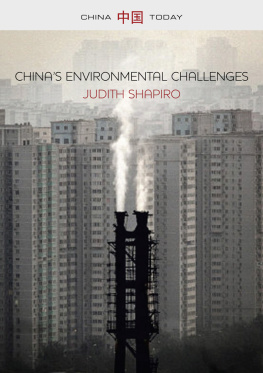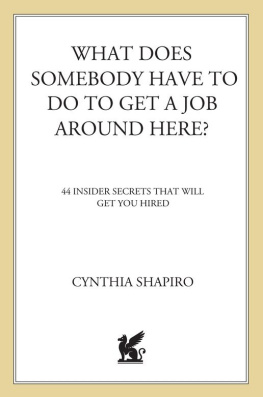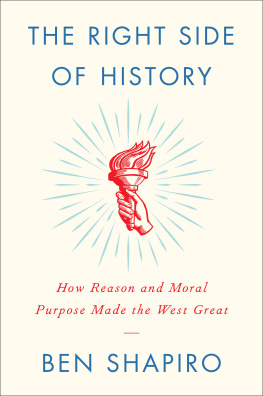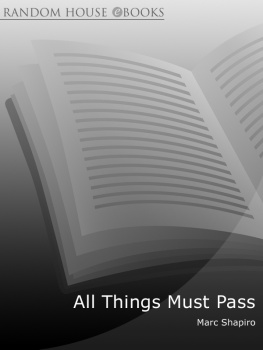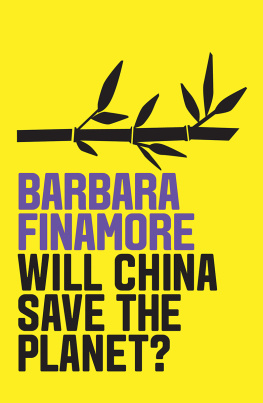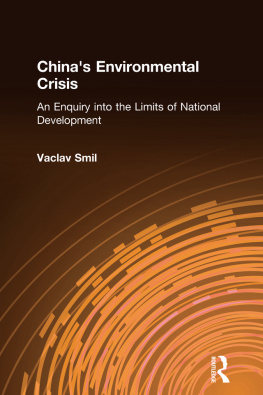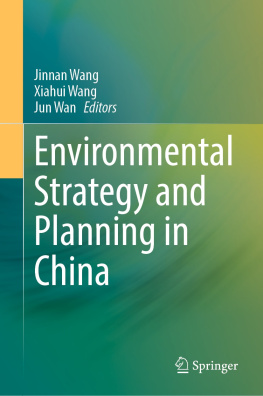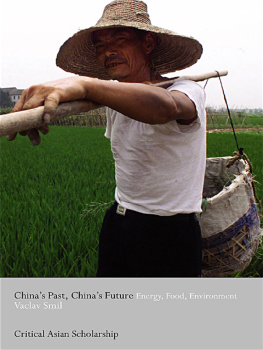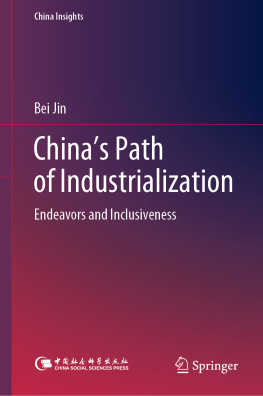
Table of Contents
Copyright Judith Shapiro 2012
The right of Judith Shapiro to be identified as Author of this Work has been asserted in accordance with the UK Copyright, Designs and Patents Act 1988.
First published in 2012 by Polity Press
Polity Press
65 Bridge Street
Cambridge CB2 1UR, UK
Polity Press
350 Main Street
Malden, MA 02148, USA
All rights reserved. Except for the quotation of short passages for the purpose of criticism and review, no part of this publication may be reproduced, stored in a retrieval system, or transmitted, in any form or by any means, electronic, mechanical, photocopying, recording or otherwise, without the prior permission of the publisher.
ISBN-13: 978-0-7456-6090-5
ISBN-13: 978-0-7456-6091-2 (pb)
ISBN-13: 978-0-7456-6309-8 (epub)
ISBN-13: 978-0-7456-6310-4 (mobi)
A catalogue record for this book is available from the British Library.
The publisher has used its best endeavours to ensure that the URLs for external websites referred to in this book are correct and active at the time of going to press. However, the publisher has no responsibility for the websites and can make no guarantee that a site will remain live or that the content is or will remain appropriate.
Every effort has been made to trace all copyright holders, but if any have been inadvertently overlooked the publisher will be pleased to include any necessary credits in any subsequent reprint or edition.
For further information on Polity, visit our website: www.politybooks.com
Chronology
| 189495 | First Sino-Japanese War |
| 1911 | Fall of the Qing dynasty |
| 1912 | Republic of China established under Sun Yat-sen |
| 1927 | Split between Nationalists (KMT) and Communists (CCP); civil war begins |
| 1931 | Central China floods kill millions |
| 19341935 | CCP under Mao Zedong evades KMT in Long March |
| December 1937 | Nanjing Massacre |
| 19371945 | Second Sino-Japanese War |
| 19451949 | Civil war between KMT and CCP resumes |
| October 1949 | KMT retreats to Taiwan; Mao founds Peoples Republic of China (PRC) |
| 19501953 | Korean War |
| 19531957 | First Five-Year Plan; PRC adopts Soviet-style economic planning |
| 1954 | First constitution of the PRC and first meeting of the National Peoples Congress |
| 19561957 | Hundred Flowers Movement, a brief period of open political debate |
| 1957 | Anti-Rightist Movement, a period of repression |
| 19581960 | Great Leap Forward, an effort to transform China through rapid industrialization and collectivization |
| March 1959 | Tibetan uprising in Lhasa; Dalai Lama flees to India |
| 19591961 | Three Hard Years, widespread famine with tens of millions of deaths |
| Early 1960s | Sino-Soviet split |
| 1962 | Sino-Indian War |
| October 1964 | First PRC atomic bomb detonation |
| 19661976 | Great Proletarian Cultural Revolution; Mao reasserts power |
| February 1972 | President Richard Nixon visits China; Shanghai Communiqu pledges to normalize U.S.China relations |
| June 1972 | United Nations Conference on the Human Environment held in Stockholm |
| July 1976 | Tangshan earthquake kills hundreds of thousands |
| September 1976 | Death of Mao Zedong |
| October 1976 | Ultra-Leftist Gang of Four arrested and sentenced |
| December 1978 | Deng Xiaoping assumes power; launches Four Modernizations and economic reforms |
| 1978 | One-child family planning policy introduced |
| 1979 | U.S. and China establish formal diplomatic ties |
| 1979 | PRC invades Vietnam |
| January 1981 | PRC ratifies 1973 Convention on International Trade in Endangered Species (CITES) |
| 1982 | Census reports PRC population at more than one billion |
| December 1984 | Sino-British Joint Declaration agrees to return Hong Kong to China in 1997 |
| 1989 | Tiananmen Square protests culminate in June 4 military crack-down |
| June 1991 | PRC ratifies 1987 Montreal Protocol on Substances that Deplete the Ozone Layer |
| December 1991 | PRC ratifies 1989 Basel Convention on the Control of Transboundary Movements of Hazardous Wastes and Their Disposal |
| April 1992 | National Peoples Congress formally approves Three Gorges Dam |
| June 1992 | United Nations Conference on Environment and Development held in Rio |
| 1992 | Deng Xiaopings Southern Inspection Tour re-energizes economic reforms |
| 19932002 | Jiang Zemin is president of PRC, continues economic growth agenda |
| 1998 | Yangzi River floods kill thousands, leave millions homeless, prompt logging ban |
| March 1998 | State Environmental Protection Administration (SEPA) created |
| November 2001 | WTO accepts China as member |
| August 2002 | World Summit on Sustainable Development held in Johannesburg; PRC ratifies 1997 Kyoto Protocol to the United Nations Framework Convention on Climate Change |
| 20032013 | Hu Jintao is president of PRC |
| 20022003 | SARS outbreak |
| 2006 | PRC supplants U.S. as largest gross CO2 emitter; Three Gorges Dam mostly complete |
| March 2008 | State Environmental Protection Administration upgraded to Ministry of Environmental Protection |
| May 2008 | Sichuan earthquake kills tens of thousands |
| August 2008 | Summer Olympic Games in Beijing |
Preface
I first visited the Peoples Republic of China in the summer of 1977. United StatesChina relations had not yet been normalized, Mao Zedong had been dead less than a year, and political posters plastered everywhere showed the Chairman lying on his sickbed with his chosen successor Hua Guofeng at his side, saying With You in Charge, I am at Ease. Hua would only hold power until December 1978. A reformist government followed under the leadership of Deng Xiaoping, who returned from political exile and persecution to revolutionize China as profoundly as Mao did in 1949 when the Chinese Communist Partys army defeated Chiang Kai-sheks Nationalist Kuomintang (KMT) and drove it and its followers to Taiwan. Little did I know then, at the age of 24, that the parades and celebrations I witnessed in Shanghai marked the beginning of Dengs political rehabilitation. Nor did I understand that this political opening was about to transform China, the world, and also my own life, providing me with the opportunity to be among the first 40 Americans to teach English there, along with a few resident foreign Maoists who had managed to survive the turmoil of the Cultural Revolution.
China had been profoundly shut away from most of the outside world since the Sino-Soviet split in the early 1960s. What the West knew about the Mao years was limited largely to interviews with refugees conducted by scholars and government officials in Hong Kong, and glowing reports from leftwing friends of China. When I was at university and graduate school in the 1970s, the United States was reeling from the unpopular Vietnam War. Many American young people were highly critical of the U.S. government and skeptical of its claims that our traditional enemies, China among them, could possibly be as bad as claimed. We knew vaguely about peoples communes, which sounded fascinating at a time when our domestic counter-culture movement was also experimenting with collective living. We also knew that in China it was said that Women Hold up Half the Sky, a compelling slogan for Western feminists who were expanding their intellectual, political, and personal influence and becoming a truly popular womens movement. Through ping-pong diplomacy, or friendly sports matches intended to break down political barriers, and the limited cultural exchanges that followed the famous 1972 Nixon and Kissinger visit, we caught televised performances by the fantastic Shanghai acrobats, whose back-bending female contortionists could stack bowls on their heads with their feet while standing on their forearms, and whose male gymnasts could create tableaux of 20 figures balanced on a single circling bicycle. We admired nave and charming peasant paintings that showed nets full of golden carp and fields of abundant harvests, with red-cheeked girls portrayed as members of the Worker, Peasant, Soldier proletariat. In retrospect, our romanticism was at best untutored and at worst dangerous. Nonetheless, it was the reason for my determination to learn Chinese, which I began studying in my sophomore year at Princeton, and to go to China to live.
Next page
